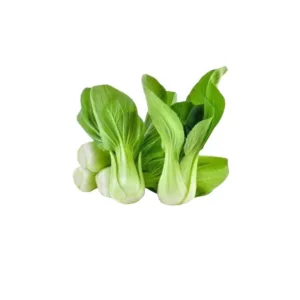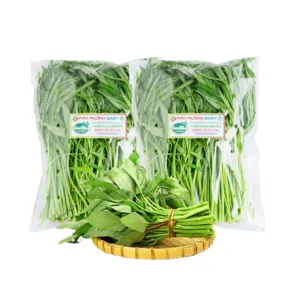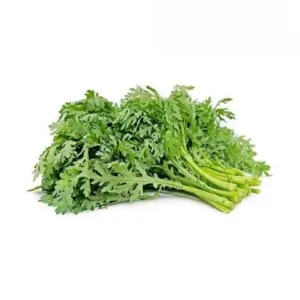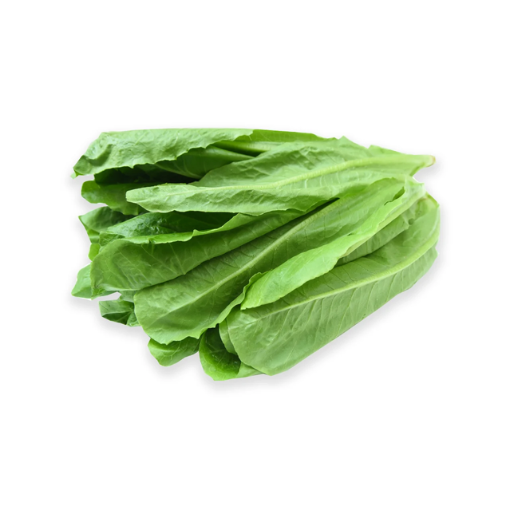news
The Culinary Science of Meat: A Guide to Cuts and Cooking Methods
Meat, in its infinite variety, is a cornerstone of global cuisine. The difference between a tough, chewy steak and a tender, melt-in-your-mouth roast often comes down to two key factors: the cut of meat and the cooking method. Understanding the relationship between these two elements is the secret to unlocking the full potential of any piece of meat, transforming it from a simple ingredient into a masterpiece of flavor and texture. This comprehensive article will serve as a guide to the culinary science of meat, exploring the characteristics of different cuts and the cooking methods best suited to them.
At the heart of this science is the understanding of muscle and connective tissue. Lean, tender cuts from parts of the animal that get less exercise, like the loin or ribs, have less connective tissue and are better suited for quick, high-heat cooking. Tougher cuts from heavily used muscles, like the shoulder or legs, have more connective tissue and require slow, moist cooking to break down the collagen and turn it into rich, gelatinous goodness.

The ABCs of Meat Cuts
Understanding where a cut of meat comes from is the first step to cooking it well. Here are some of the most common cuts and their characteristics:
Tender Cuts (Ideal for High-Heat Cooking):
- Beef Tenderloin/Filet Mignon: The most tender cut of beef, with very little fat or connective tissue. Best for pan-searing or grilling.
- Ribeye: Highly marbled with fat, making it incredibly flavorful and juicy. Perfect for grilling or pan-frying.
- Pork Loin: A lean, tender cut that can be roasted whole or cut into chops. It is best to cook it to a medium-rare or medium temperature to avoid drying it out.
Tougher Cuts (Ideal for Low and Slow Cooking):
- Beef Brisket: A tough cut from the chest of the cow. It is full of connective tissue and requires a long, slow cook to become tender and delicious. Perfect for smoking or braising.
- Pork Shoulder/Butt: A tough cut from the shoulder of the pig, rich in fat and connective tissue. Ideal for slow roasting or smoking to create pulled pork.
- Lamb Shank: A cut from the leg of the lamb, full of collagen. It is best to braise it slowly until the meat is fall-off-the-bone tender.

The Art of Cooking: Matching Method to Cut
The cooking method is your tool for transforming the meat. Choosing the right one is crucial.
High-Heat Methods (for Tender Cuts):
- Grilling/Pan-Searing: These methods use direct, high heat to quickly cook the exterior of the meat, creating a delicious crust through the Maillard reaction. This method is perfect for tender cuts like steak, chicken breast, or fish fillets.
- Roasting: Roasting uses a dry, indirect heat to cook the meat in an oven. This method is great for larger, tender cuts like a prime rib roast or a whole chicken, as it cooks the meat evenly and creates a beautiful, crisp exterior.
Low and Slow Methods (for Tougher Cuts):
- Braising: This is a combination of searing and slow, moist cooking. The meat is first seared to create a crust, then cooked slowly in a flavorful liquid until the connective tissue breaks down, resulting in incredibly tender and flavorful meat. This is the go-to method for cuts like brisket or chuck roast.
- Stewing: Similar to braising, but the meat is cut into smaller pieces and cooked in a liquid. It is a great method for tougher, cheaper cuts of meat.
- Smoking: Smoking uses a low, consistent temperature and wood smoke to cook and flavor the meat over many hours. This method is perfect for large, tough cuts like brisket and pork butt. The low temperature slowly breaks down the collagen, while the smoke adds a complex, smoky flavor.

Mastering the Basics: Tips for Success
Beyond the cut and the method, a few key techniques can elevate your meat cooking to the next level.
- Seasoning is Key: Always season your meat generously with salt and pepper before cooking. Salt helps to tenderize the meat and draw out its flavor.
- Rest Your Meat: After cooking, it is crucial to let your meat rest. This allows the juices to redistribute throughout the meat, resulting in a juicier, more tender final product.
- Use a Meat Thermometer: Cooking to temperature, not to time, is the best way to ensure your meat is cooked to your desired doneness.
In conclusion, mastering the culinary science of meat is a skill that takes time and practice, but the rewards are well worth it. By understanding the characteristics of different cuts and matching them to the appropriate cooking methods, you can unlock a world of flavor and create delicious, tender, and memorable meals every time.


